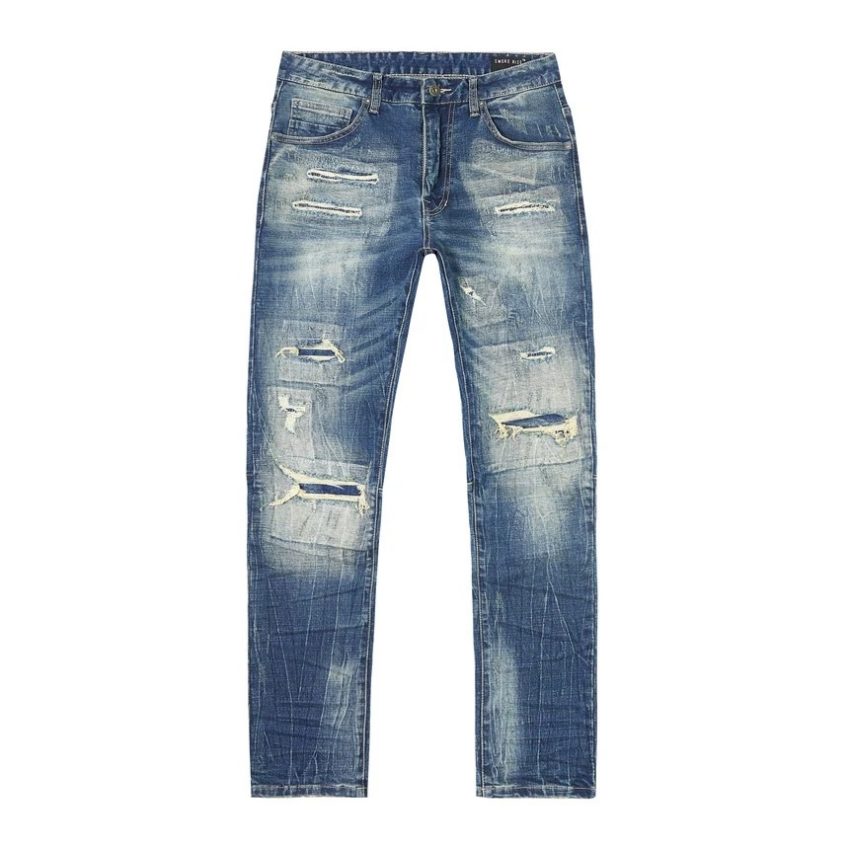How to repair jeans? Jeans are a timeless wardrobe staple, but they are also prone to wear and tear. Instead of throwing away a perfectly good pair of jeans, why not repair them? Repairing your jeans not only saves you money but also helps reduce waste. In this guide, we will provide you with the necessary steps and techniques to repair your jeans and prolong their lifespan.
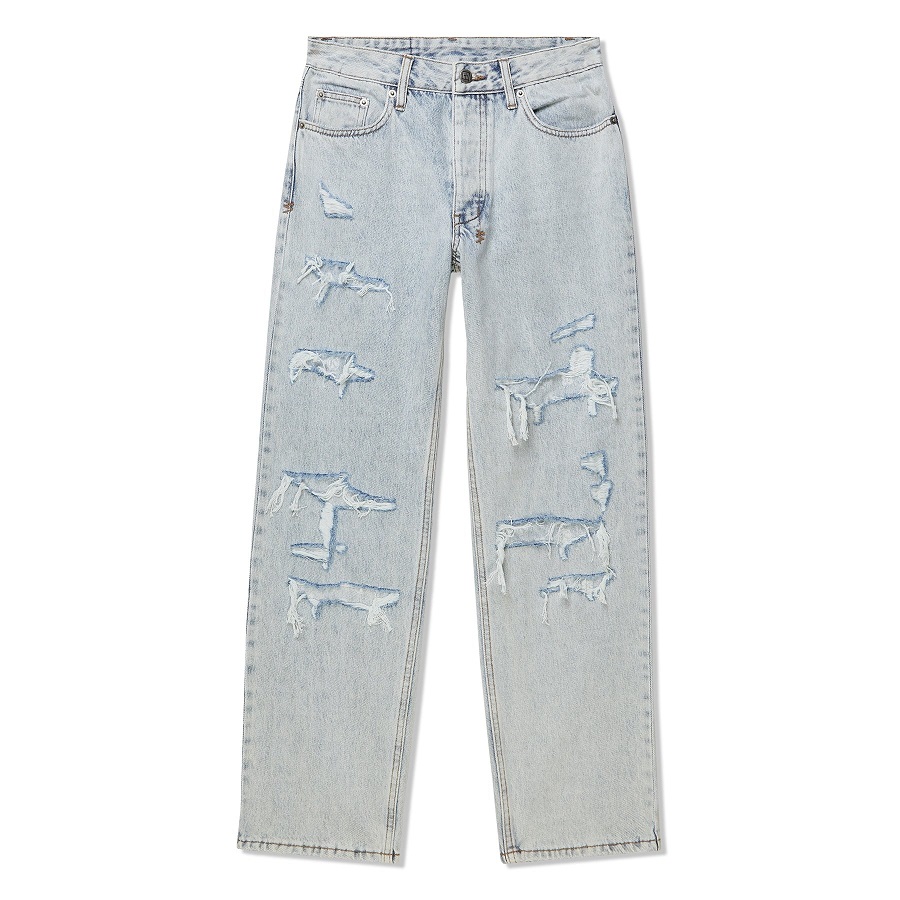
Assessment and Preparation:
Before you begin the repair process, carefully assess the damage to your jeans. Common areas of wear and tear include the knees, pockets, and hems. Once you have identified the areas that need repair, gather the necessary materials such as denim patches, thread in matching color, sewing needles, and fabric scissors.
Repairing Small Holes:
Small holes in your jeans can easily be repaired using a simple patching technique. First, cut a denim patch slightly larger than the hole. Place the patch on the inside of the jeans and use a needle and thread to carefully stitch it in place. Be sure to secure the patch with tight and even stitches to prevent it from coming loose.
Fixing Ripped Seams:
Ripped seams are a common issue with jeans, especially in the crotch and inner thigh area. To repair a ripped seam, carefully align the edges of the rip and use a needle and thread to sew them back together. Reinforce the seam by stitching over it multiple times to ensure it holds up to daily wear.
Reinforcing the Knees:
The knees are another area of jeans that often experience wear and tear. To reinforce the knees, apply a denim patch to the inside of the jeans and use a sewing machine to stitch around the edges of the patch. This will create a strong and durable layer of protection for the knees, preventing further damage.
Hemming:
If the hems of your jeans have come undone, it’s important to repair them to prevent fraying. To hem your jeans, fold the raw edge of the fabric under and use a needle and thread to create a clean, secure hem. Alternatively, you can use a sewing machine for a faster and more professional finish.
Finishing Touches:
Once you have completed the necessary repairs, take the time to trim any excess threads and give your jeans a final inspection. If there are any areas that still look worn or damaged, consider adding additional patches or stitches for reinforcement.
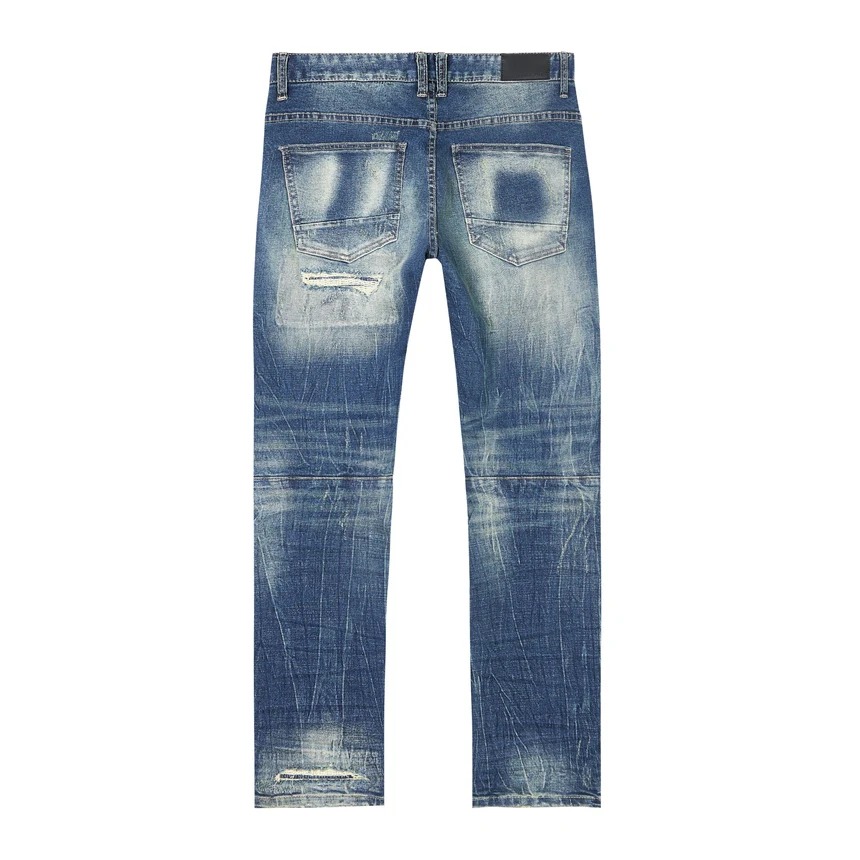
What are the types and styles of jeans?
Jeans, the classic and versatile staple, have been a go-to item for people of all ages and walks of life. The availability of different fits and styles has made jeans a wardrobe essential. From skinny to straight, boyfriend to bootcut, the range of jean fits and styles is vast and diverse.
Skinny Jeans
Skinny jeans are a tight-fitting and form-fitting style of jeans that hug the legs from the waist to the ankles. This fit is popular among both men and women and is often made with stretchy denim to ensure a comfortable and flattering fit. Skinny jeans can be paired with anything from oversized sweaters to crop tops and are a great choice for those who want to show off their figure.
Straight Leg Jeans
The straight leg fit is a classic and timeless style that suits all body types. The jeans are cut straight from the waist to the ankle, providing a slimming and sleek silhouette. They are perfect for a casual or semi-formal look and can be easily styled with a variety of tops and shoes.
Bootcut Jeans
Bootcut jeans are fitted through the thighs and flare out from the knee to the ankle, allowing for a comfortable and relaxed fit. This style is particularly popular among those looking for a more laid-back and casual look. Bootcut jeans are perfect for pairing with boots, sandals, or sneakers, making them a versatile choice for any occasion.
Flare Jeans
Flare jeans are similar to bootcut jeans but have a more pronounced flare from the knee down. This style was popular in the 1970s and has made a comeback in recent years. Flare jeans are a great choice for those looking to create a bohemian or retro-inspired look and can be styled with crop tops, blouses, or t-shirts.
Boyfriend Jeans
Boyfriend jeans are a relaxed and loose-fitting style that is inspired by men’s jeans. They usually sit low on the hips and have a slouchy fit, making them a comfortable and laid-back option. Boyfriend jeans can be styled with oversized shirts, blazers, or t-shirts and are a great choice for a casual and effortless look.
High-Waisted Jeans
High-waisted jeans have a higher rise and sit at the natural waist, creating a flattering and elongating effect. This style is popular among those looking for a more vintage and retro-inspired look. High-waisted jeans can be paired with crop tops, t-shirts, or blouses and are perfect for creating a feminine and flattering silhouette.
Low-Rise Jeans
Low-rise jeans sit lower on the hips and are a popular choice for a more modern and edgy look. This style is often seen in skinny jeans and provides a more relaxed and casual fit. Low-rise jeans can be styled with crop tops, tank tops, or t-shirts and are a great choice for an on-trend and youthful look.
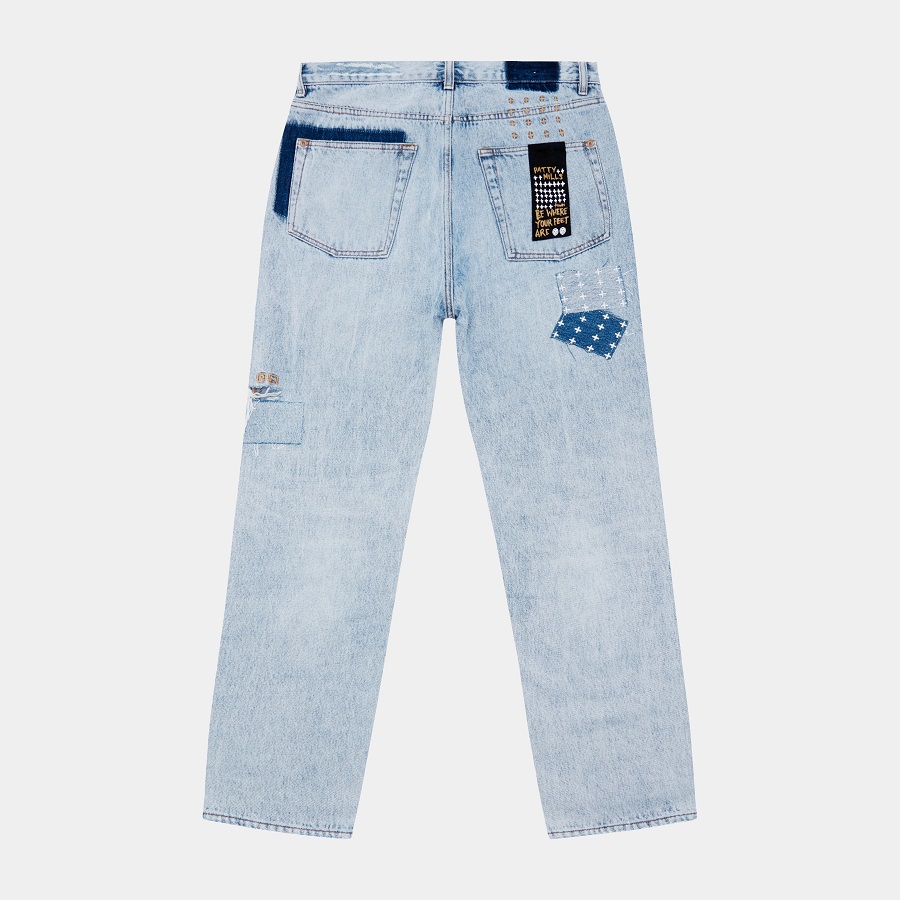
How to clean jeans
Jeans are a staple in everyone’s wardrobe, and they come in a variety of styles and colors. Whether you prefer classic blue denim or trendy distressed jeans, it’s important to know how to properly clean and care for your denim.
Pre-Treating Stains
Before throwing your jeans in the wash, it’s important to pre-treat any stains. This will help to loosen the stain and make it easier to remove during the washing process. For food or oil-based stains, apply a small amount of dish soap or laundry detergent directly to the stain and gently rub it in with your fingers. For tougher stains, such as ink or blood, you may need to use a stain remover or a mixture of vinegar and water. Allow the pre-treatment to sit for at least 10-15 minutes before moving on to the next step.
Washing Your Jeans
When it comes to washing your jeans, there are a few important things to keep in mind. First, always turn your jeans inside out before placing them in the washing machine. This will help to preserve the color and prevent any fading. Use a gentle cycle and cold water to wash your jeans, as hot water can cause them to shrink and fade. Avoid using too much detergent, as this can leave a residue on your jeans and make them feel stiff.
Drying Your Jeans
After washing your jeans, it’s important to air dry them instead of using a dryer. High heat can cause denim to shrink and lose its shape, so it’s best to hang your jeans outside or lay them flat to dry. Avoid wringing out your jeans or hanging them in direct sunlight, as this can cause them to fade and become damaged.
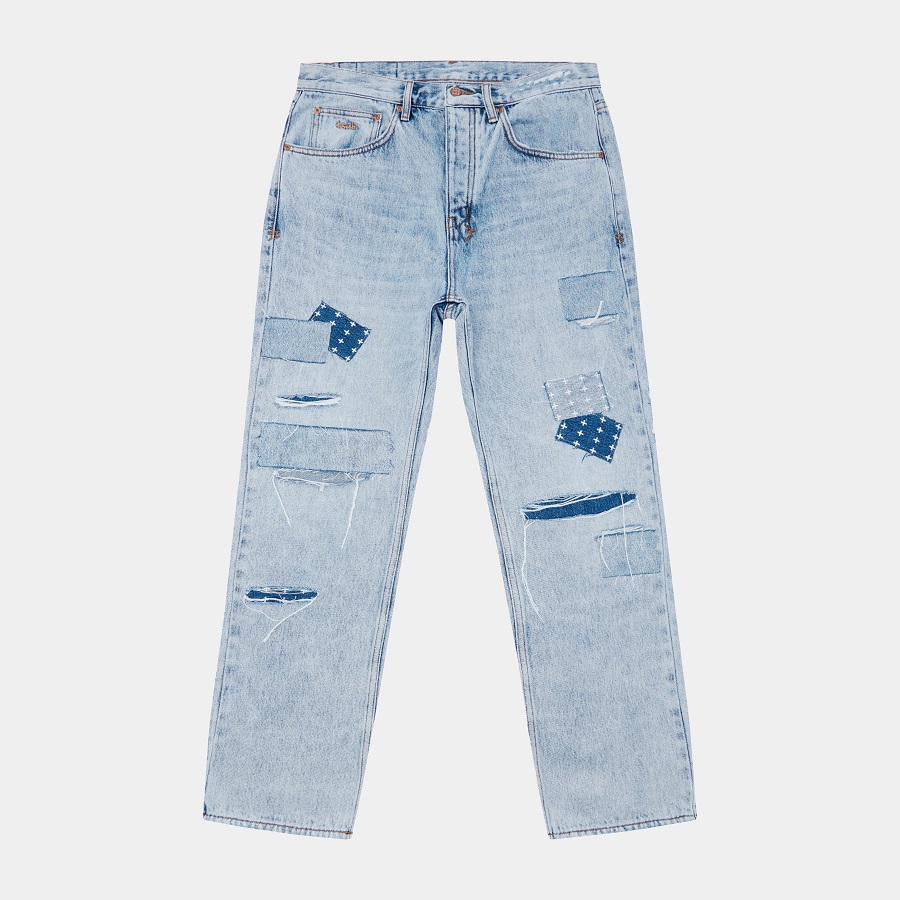
Conclusion:
Repairing your jeans is a cost-effective and sustainable way to extend their lifespan and keep them looking great. By following the tips and techniques outlined in this guide, you can easily mend small holes, fix ripped seams, reinforce the knees, and hem your jeans to make them as good as new. So before you consider throwing out your favorite pair of jeans, give repairing them a try and save both money and the environment.
